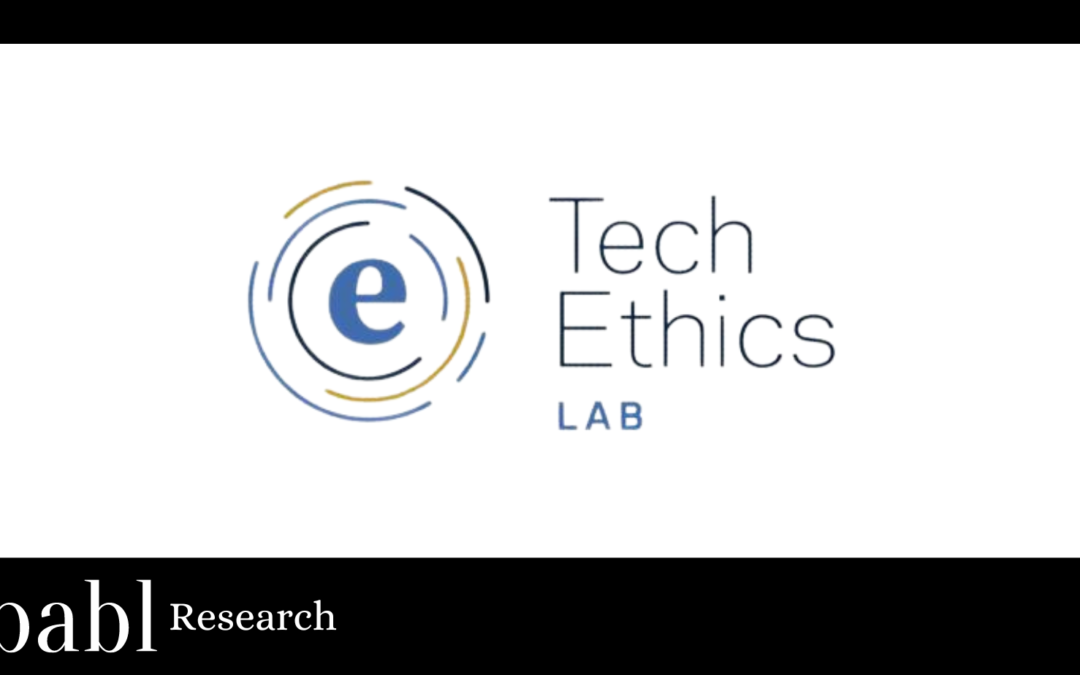
by Jeremy Werner | Jan 29, 2024 | Research
BABL AI continues to be a leader when it comes to AI system audits, and our team of audit experts recently highlighted their deep knowledge and expertise in an academic paper. In “A Framework for Assurance Audits of Algorithmic Systems,” the BABL AI research...
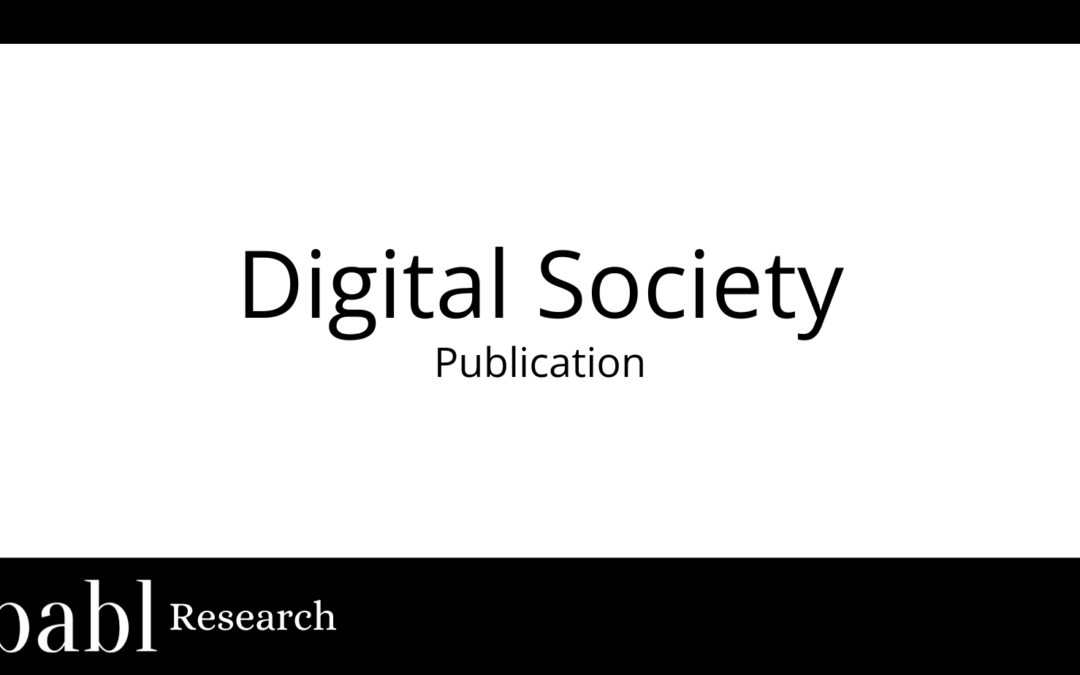
by Jeremy Werner | Jan 11, 2024 | Research
BABL AI has been a leading auditing firm of AI systems for years and one of the ways we’ve highlighted our expertise is in academic papers. In “Algorithmic Bias and Risk Assessments,” CEO Shea Brown, Chief Ethics Officer Jovana Davidovic, and Senior...
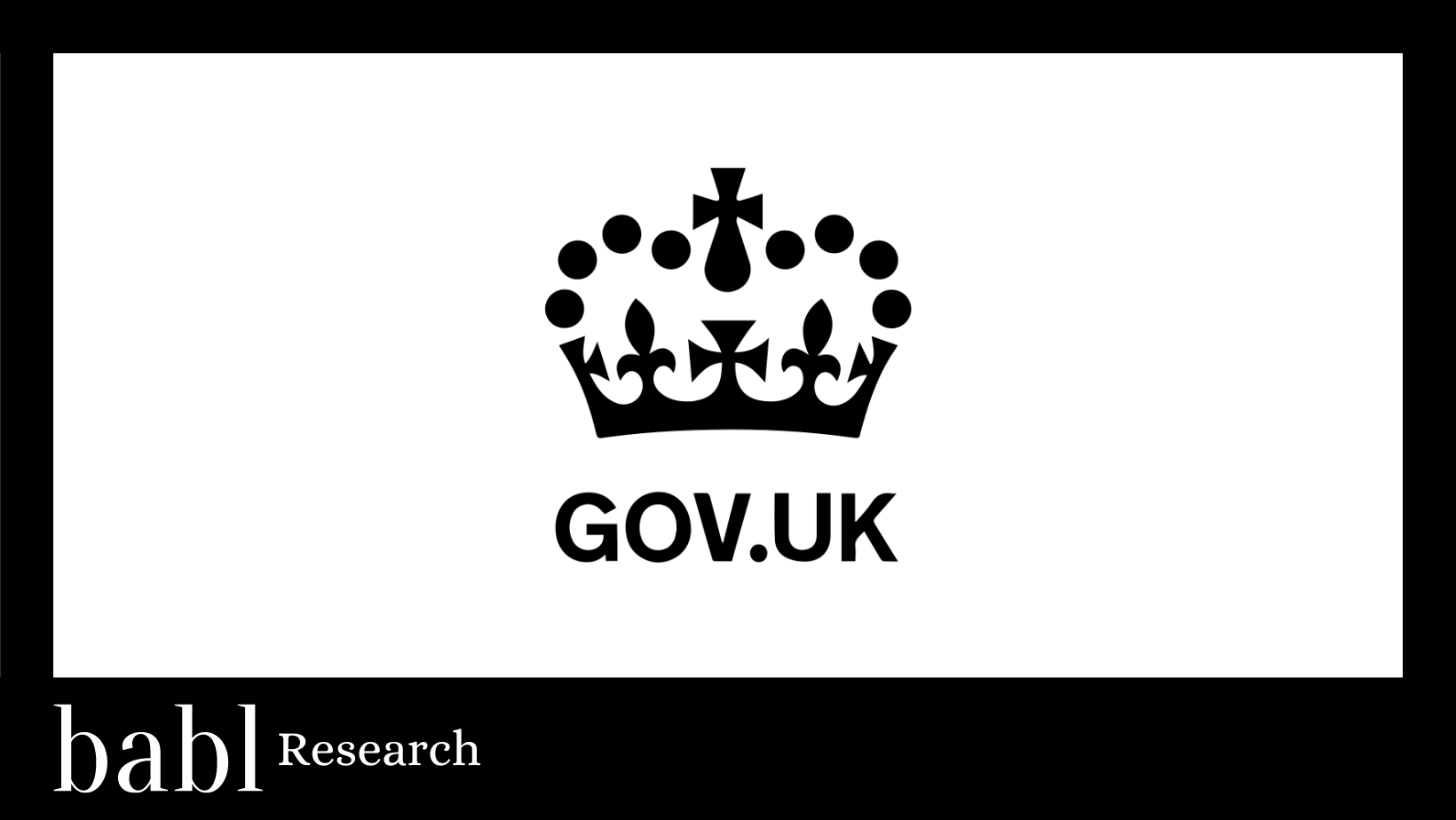
by Shea Brown | Sep 6, 2023 | Research
A case study that is focused on auditing AI systems used for making employment decisions in the human resources (HR) sector, with a primary focus on hiring and promotion decisions. Link to the full article is here.
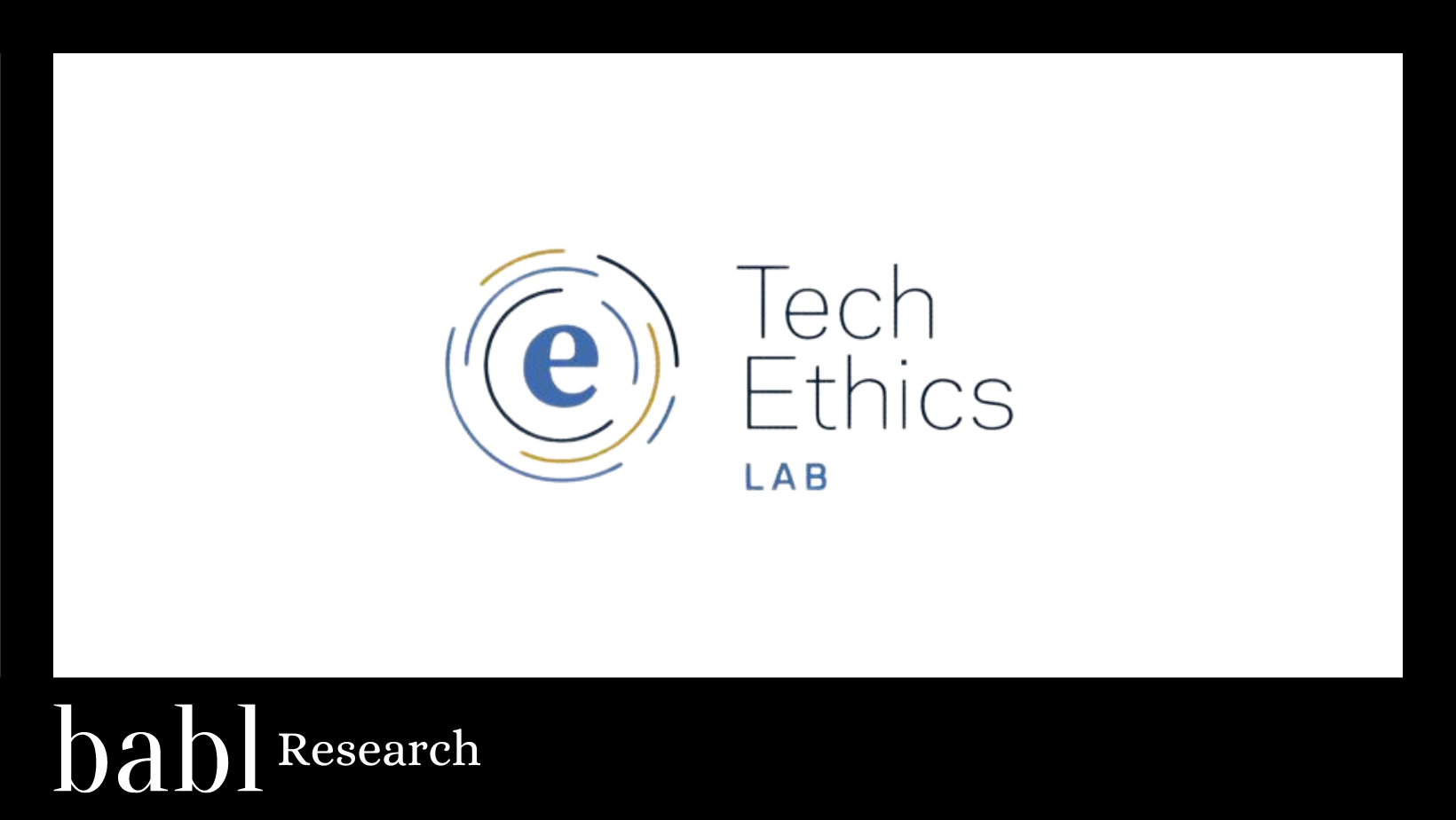
by Jeffery Recker | Mar 13, 2023 | Research
Our interdisciplinary team at the Algorithmic Bias Lab has produced one of the very first comprehensive reports on the current state of organizational AI governance. The report, partly funded by Notre Dame-IBM Technology Ethics Lab, is a result of a yearlong study...
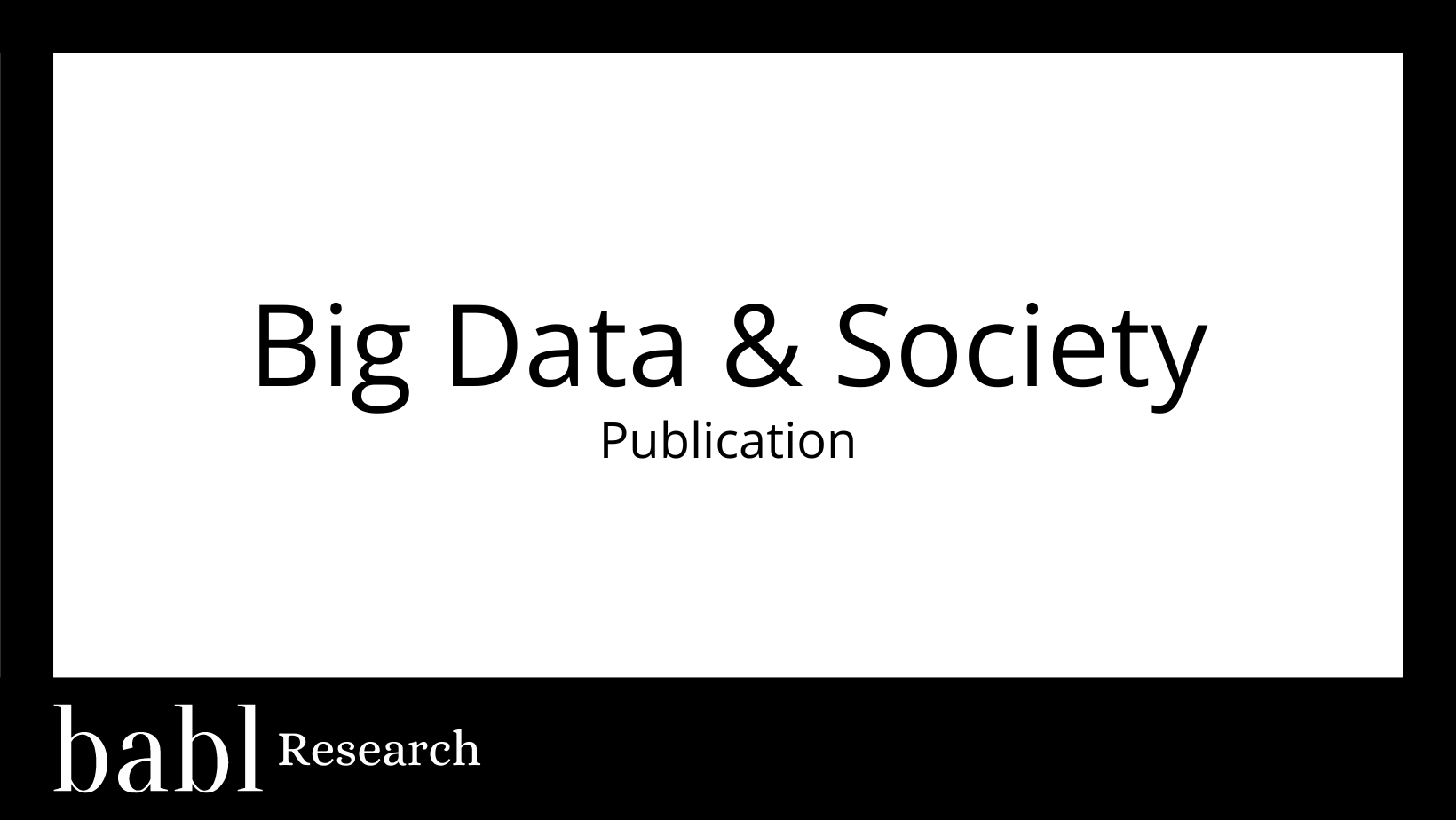
by Shea Brown | Feb 1, 2021 | Research
What is an “algorithm audit”? Is it the same for every algorithm in every context? What metrics are important, and how do you connect these metrics to the interests of real people? Three years ago when Jovana Davidovic, Ali Hasan, and Shea Brown were...






